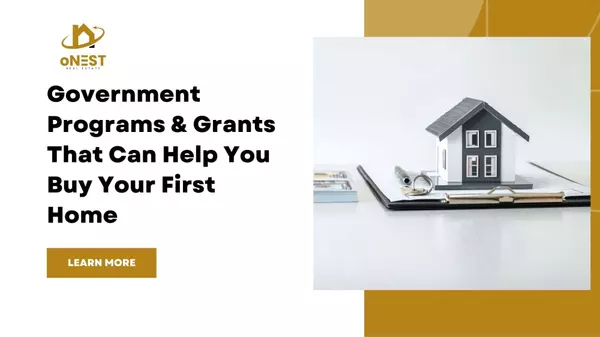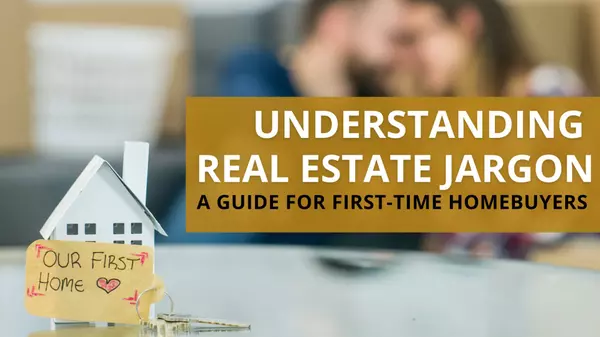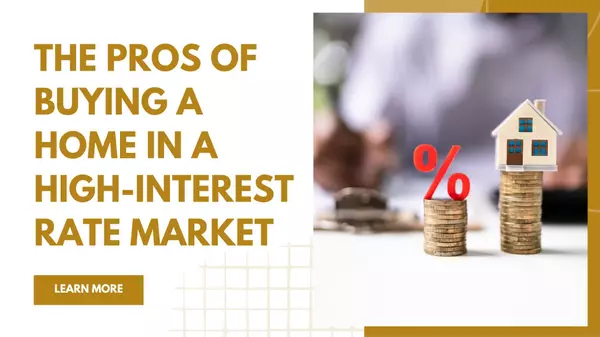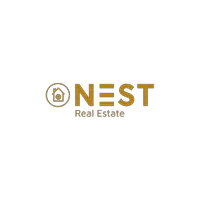The Pros and Cons of Buying a Home in a High-Interest Rate Market

Buying a home is one of the biggest financial decisions most people make, and interest rates play a crucial role in affordability. When mortgage rates are high, many buyers hesitate, wondering if they should wait or proceed. Understanding the advantages and disadvantages of purchasing a home in a high-interest rate market can help you make an informed decision.
The Pros of Buying a Home in a High-Interest Rate Market
1. Less Competition Among Buyers
-
Higher interest rates tend to discourage many buyers from entering the market. With fewer people competing for homes, you’re more likely to avoid bidding wars and inflated home prices.
-
Sellers may be more willing to negotiate on price, closing costs, or even include incentives like home warranties or repairs.
2. Better Home Price Stability
-
Rising interest rates often slow down rapid home price growth. While home prices may not necessarily drop significantly, they are likely to remain stable, preventing buyers from overpaying.
-
This stability can be beneficial for long-term investments, as you avoid purchasing at an unsustainable peak in home prices.
3. Potential for Future Refinancing
-
If interest rates eventually decline, homeowners have the opportunity to refinance at a lower rate, reducing monthly mortgage payments.
-
Locking in a home now can allow you to build equity while waiting for better refinancing opportunities.
4. More Inventory to Choose From
-
When interest rates are high, fewer buyers enter the market, leading to an increase in available housing inventory.
-
Buyers have more time to explore options, negotiate, and secure a home that truly fits their needs rather than rushing into a deal.
The Cons of Buying a Home in a High-Interest Rate Market
1. Higher Monthly Mortgage Payments
-
The most significant downside of high-interest rates is the increased cost of borrowing. Even a small percentage increase in mortgage rates can add hundreds of dollars to your monthly payment.
-
Example: A $300,000 mortgage at a 3% interest rate would result in a much lower payment compared to the same loan at a 7% interest rate.
2. Reduced Affordability
-
With higher interest rates, loan eligibility may be affected, reducing the total amount buyers can borrow.
-
Many buyers may need to adjust their home search by looking at smaller homes, different locations, or lower-priced properties to fit within their budget.
3. Slower Home Appreciation
-
While stable home prices are an advantage, they can also be a downside if you’re looking for quick appreciation.
-
In a high-interest rate environment, home values may take longer to increase compared to low-rate periods where buyer demand drives rapid price growth.
4. Stricter Lending Requirements
-
Lenders may impose stricter qualifications, requiring higher credit scores and larger down payments to offset risks associated with high-interest rates.
-
Buyers with lower credit scores might find it more difficult to secure favorable loan terms.
Should You Buy a Home When Interest Rates Are High?
The decision to buy in a high-interest rate market depends on your personal financial situation and long-term goals. Here are some key considerations:
-
If you plan to stay in the home for many years, the benefits of homeownership and potential refinancing opportunities may outweigh the higher initial mortgage costs.
-
If your budget is stretched thin due to higher rates, waiting or adjusting expectations might be a better strategy.
-
Consider alternative loan options, such as adjustable-rate mortgages (ARMs), which may offer lower initial rates.
Final Thoughts
While buying a home in a high-interest rate market comes with challenges, it also presents unique opportunities. Weighing the pros and cons carefully can help you make the best decision for your financial future. If you find the right home at the right price, and it fits within your budget, homeownership can still be a smart move—even in a high-interest rate environment.
Categories
Recent Posts











